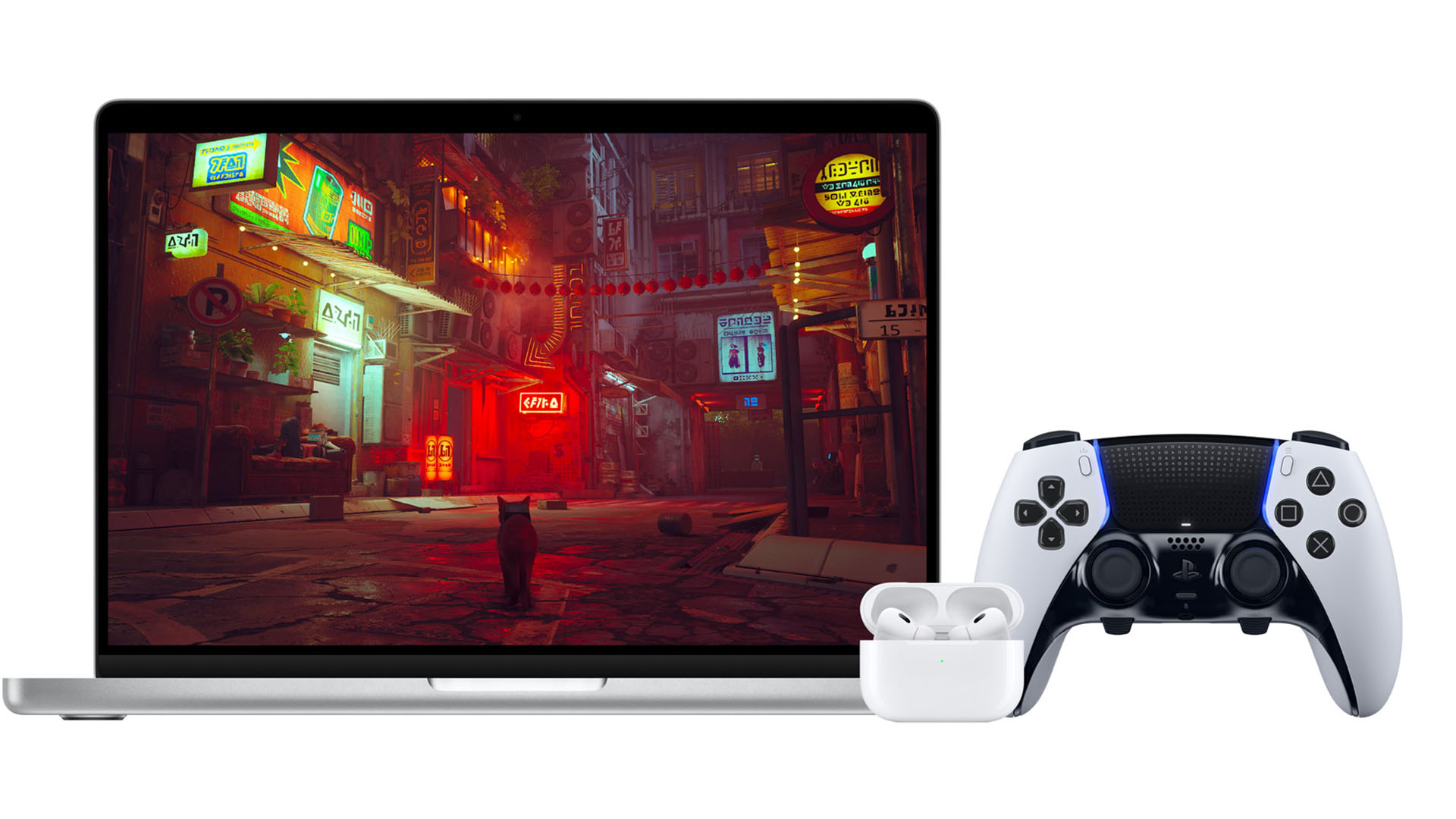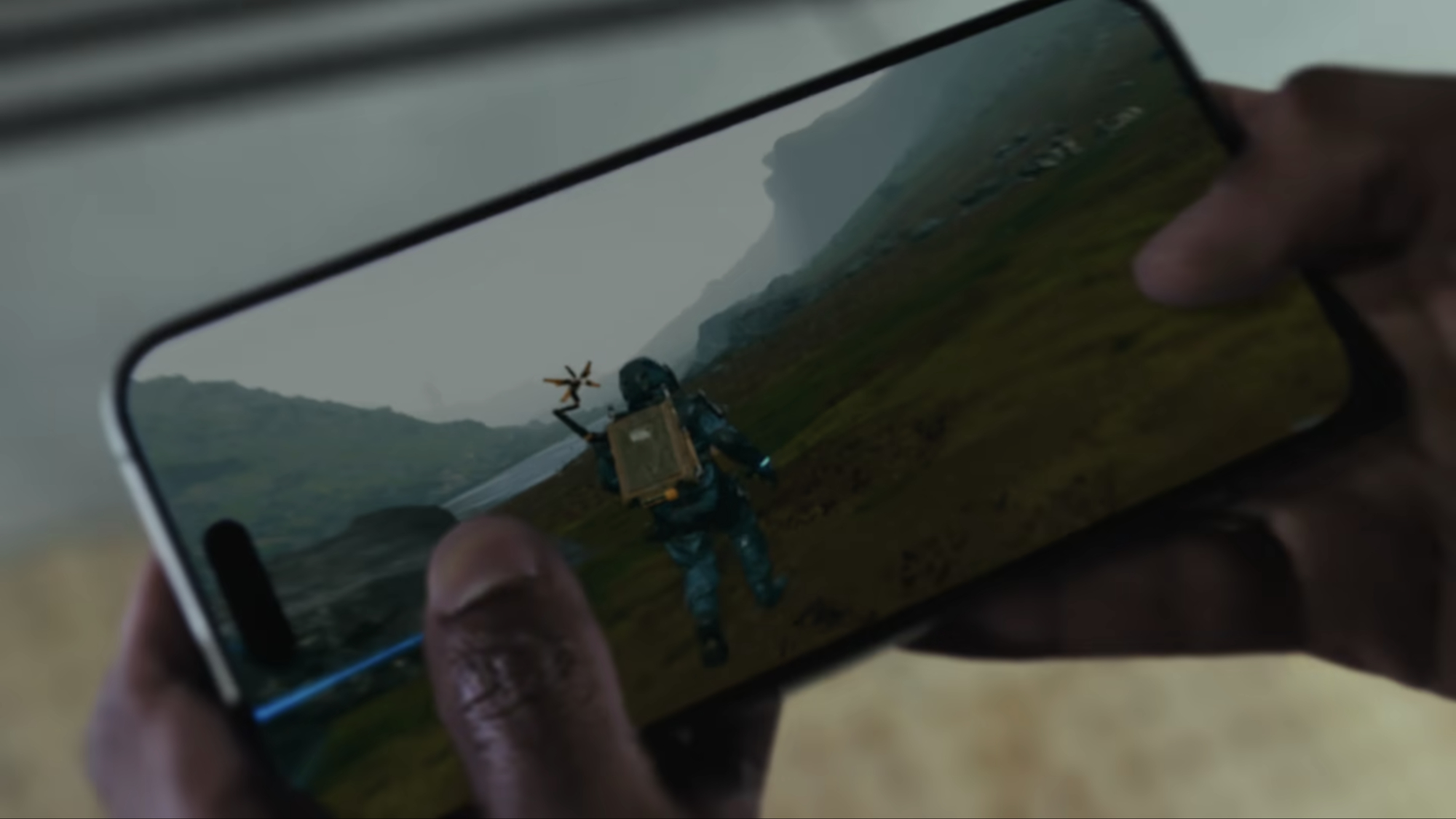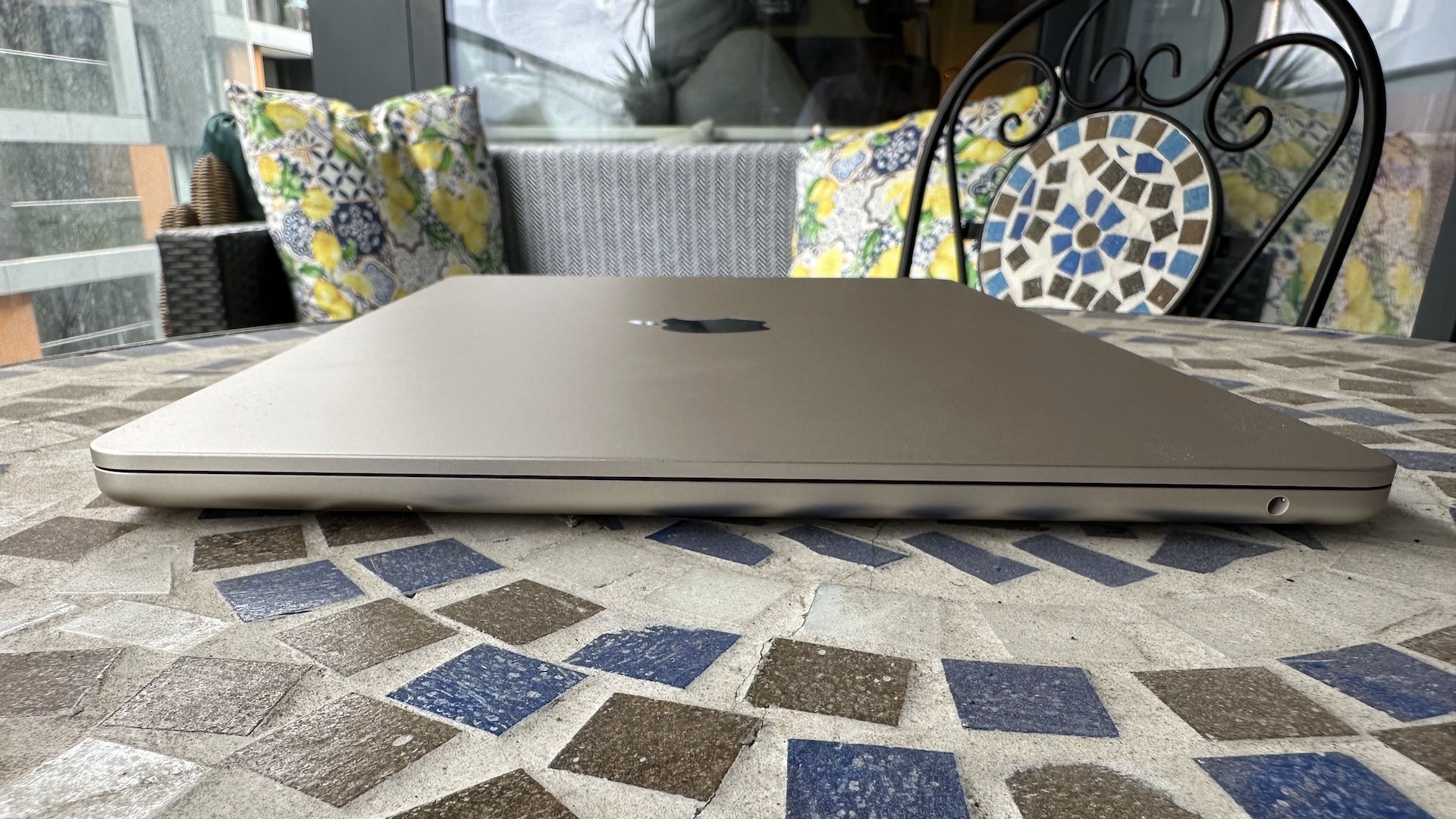How A17 Pro sets up M3 Macs for Gaming
Gaming with Apple is getting a lot better.

Macs haven’t had the greatest reputation among gamers in the last few years. From stories of Whoopi Goldberg being annoyed about her inability to play Diablo 4 on Apple devices to Baldur’s Gate 3 taking months to launch on Mac, it feels like they're regularly behind the curve on trending games.
Fortunately, one of the things that excited me most about this year’s Apple Event is the impressive A17 Pro chip in the iPhone 15 Pro Max. This doesn’t just signify it is an impressive phone (it is) but it also shows a commitment to gaming that Apple hasn’t had for a long time. Though it may take a little while for them to figure things out, this makes future M3 Macs a very interesting potential upgrade from my gracefully aging M1 MacBook from 2020.
It’s not just a mirage
First, let’s talk about what that A17 Pro really looks like. Promising on-device ray tracing and improved gaming performance, it is capable of running games not seen on a mobile device like Resident Evil 4 Remake, Resident Evil Village, and Death Stranding: Directors Cut. What is perhaps most impressive is the introduction of Assassin’s Creed Mirage, a game that is still in development.
This means that the iPhone isn’t just running older titles on-device, it is capable of being developed alongside games, as opposed to being ported after the fact. This signifies a shift in priority for game developers. Resident Evil Village takes directly from last-generation console textures, meaning that developers don’t need to build the iPhone 15 Pro Max version of the game from the ground up.
It will need to be tweaked and changed but it isn’t the same as getting something to run on a device like the Nintendo Switch. Unfortunately, due to its very limited hardware, controversies like the Mortal Kombat 1 Nintendo Switch port show what happens when games aren’t finetuned for that device.
We haven’t yet seen an iPhone 15 Pro Max port that doesn’t have a PS4 or Xbox One counterpart yet so we haven’t seen the hardware pushed to its limits but the next year of iPhone gaming is sure to be quite an interesting one.

The ecosystem
Perhaps one of the greatest selling points of Apple is just how alluring its ecosystem is. Once you’ve bought one device, the calling of that next little gadget is very attractive. Then, suddenly, you have an iPhone, a MacBook, and an Apple Watch. This ecosystem means that Apple is incentivized to share its iPhone gaming vision with the Mac.
Master your iPhone in minutes
iMore offers spot-on advice and guidance from our team of experts, with decades of Apple device experience to lean on. Learn more with iMore!
The likelihood of ports from iPhone to Mac and vice versa has become much more likely, especially after the adaptation of the Mac’s silicon chip in 2020. As Macs are closer to mobile architecture than ever before, they share many of the same apps and use them in similar ways. This connectivity will make game ports a little easier — though they will still require a lot of finetuning.
It is also worth noting deals that Apple may have with publishers. Assassin’s Creed Mirage and The Division Resurgence are big Ubisoft titles coming to the iPhone 15 Pro Max and both Resident Evil games are made by Capcom. This implies some relationship with these big publishers and these connections could bear releases on Mac. Resident Evil 4 will launch simultaneously on both Mac and iPhone which is a bit step in unifying the two. This is before mentioning how much Mac has developed over the last few years.

Hardware upgrades
The change to Apple-made silicon chips in 2020 has meant better performance across the board due to both better hardware and improved software handshakes between internals. Now, all the parts of a MacBook are designed with precision to work with each other.
The current M2 chip is based on 5nm technology which is impressive but the A17 Pro moving to 3nm technology means Apple can ram more transistors into the same space, allowing for better performance. While the chips are getting smaller, they are also getting more powerful. It seems likely the M3 chip will opt for a smaller chip than before, as a result.
At the moment, what makes MacBooks so special is how they manage to balance that power with a near-silent build, thanks to some very clever processes and efficient design. Learning from the iPhone, they can push even greater gaming performance out of their Mac and MacBook lineup.

Software upgrades
The hardware isn’t the only thing that will enhance gaming on Apple devices. macOS Sonoma has just launched and this comes with a dedicated game mode, capable of optimizing the GPU and CPU to get a better performance. It slows down unnecessary tasks and provides lower-latency audio and controls. It works with any game currently available on Mac.
As well as this, Apple has introduced a Metal porting toolkit that is designed to help developers more easily port their games to Mac. It tests games on its hardware and gives results and recommendations for the porting process. Ultimately, some developers would have previously stayed away from Mac due to less strong hardware and a smaller install base than Windows. Hopefully, removing some of those barriers to entry will enable games to flourish on the device.
Though I’m very excited to get gaming on the iPhone 15 Pro Max, it is easy to understate how important gaming seems to be in Apple’s vision for the ecosystem as a whole. MacBooks are becoming much better gaming devices and the commitment on two fronts is sure to improve iPhones and Macs over the coming year. As gaming on these devices flourishes, so too will the developers responsible for those games. Even for non-Mac users, the prospect of more gaming support on the platform says very good things about gaming as a whole.
James is a staff writer and general Jack of all trades at iMore. With news, features, reviews, and guides under his belt, he has always liked Apple for its unique branding and distinctive style. Originally buying a Macbook for music and video production, he has since gone on to join the Apple ecosystem with as many devices as he can fit on his person.
With a degree in Law and Media and being a little too young to move onto the next step of his law career, James started writing from his bedroom about games, movies, tech, and anything else he could think of. Within months, this turned into a fully-fledged career as a freelance journalist. Before joining iMore, he was a staff writer at Gfinity and saw himself published at sites like TechRadar, NME, and Eurogamer.
As his extensive portfolio implies, James was predominantly a games journalist before joining iMore and brings with him a unique perspective on Apple itself. When not working, he is trying to catch up with the movies and albums of the year, as well as finally finishing the Yakuza series. If you like Midwest emo music or pretentious indie games that will make you cry, he’ll talk your ear off.

